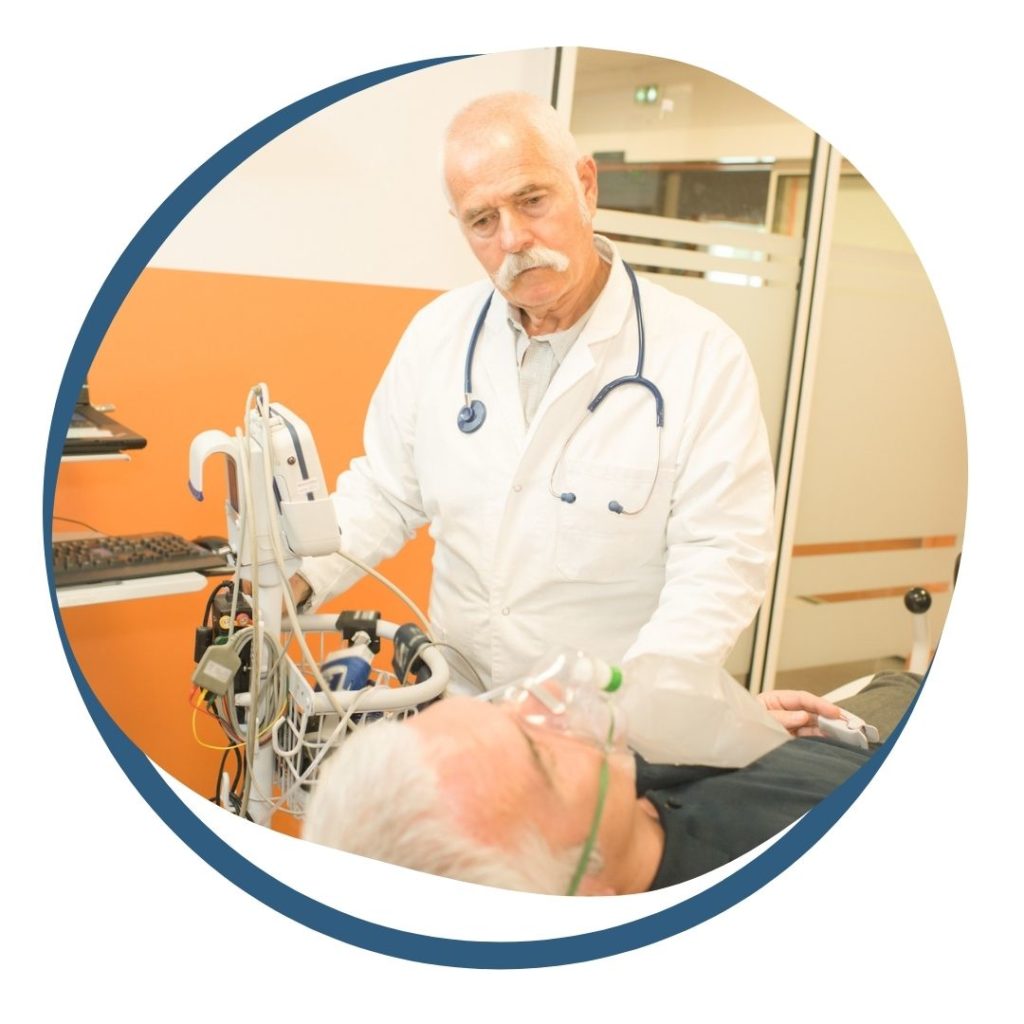November 18, 2017 A joint statement from experienced addiction and pain management physicians: WASHINGTON ACADEMY OF PAIN MANAGEMENT
RATIONALE
We are losing the war on chronic pain and opioid addiction. Every year more than 700 Washington state residents die from opioid overdoses. At the same time, our aging population requires effective and experienced short-term treatment of pain after surgery and injuries. Unfortunately, many individuals, prematurely broken from mileage and disease, will need life-long treatment.

Our current experienced pain management clinics are at full capacity, in some cases turning down more than one hundred patients a day. Expansion is impossible, in part, because young physicians are intimidated by and cannot reasonably understand the increasing number of state and federal guidelines regarding opioid management in a politicized regulatory environment.
The public knows we are losing this war. They are asking for solutions. Our state residents demanded action by referendum regarding the use of medical marijuana for chronic pain. Our state legislature has repeatedly requested the medical boards to tighten regulations regarding the use of opioids. The WA state medical boards have suddenly closed almost 30 chronic pain management offices. Local cities and counties are considering safe injection sites, filing lawsuits against pharmaceutical companies and individual physicians, and funding pill disposal programs.
It is not working. Although prescription overdoses have gone down 44% in the last five years, heroin overdoses are going up as much or even more. Now the legislature is asking for even more stringent regulations on prescription opioids. We are concerned that current proposals to regulate legitimate opioid therapy will have significant unintended consequences for chronic pain patients: serious side effects from alternative medications like ibuprofen and aspirin (bleeding and kidney failure), self medication with alcohol and heroin, psychiatric deterioration with progression to suicide, and different economic and social costs associated with increased medical utilization and unemployment.
We know the way out of this hell. Our group has been treating pain and opioid addiction for decades. We currently treat more than 6000 pain patients and 800 opioid addicts. We have been quiet on this matter partly out of the humility that comes with bitter experience. In medicine, sometimes your best efforts aren’t enough. We’ve talked to the mothers whose sons and daughters have died from overdoses. We’ve talked to the husbands and wives who are watching their spouses turn into shells of their former selves, withering in writhing unrelenting pain. We’ve been quiet, humbled by our failures, until now. We know that many well-meaning programs have made things worse. Closing pain management practices without warning drives legitimate patients to heroin. Suing pharmaceutical companies makes it more expensive to develop risk-free alternatives to self-administered opioids. Federal guidelines on opioid-treatment programs and the complexity of Washington state pain management regulations have created shortages of physicians willing to prescribe life-saving medications.
We know that it is possible to reduce the number of opioid overdoses by 75% and at the same time ensure access of every Washington state resident to effective pain treatment. France expanded access to addiction treatment in 1995 and reduced overdose deaths by 79%. It is theoretically possible now to do even better, because our medical researchers have provided us with new tools in addiction treatment.
A PATHWAY FORWARD

Effective management of this crisis requires tools and incentives, not complicated guidelines. Our medical providers in the community are already crippled by regulation. The public knows this. Patients remember when their doctor used to look them in the eye and ask real questions during their visits rather than enter data in the computer screen or throw a checklist at them.
The Medical Boards know this. Their newsletters to local doctors complain about reviewing computer generated medical notes which prevent a genuine evaluation of the quality of care. Doctors know this. We go to conferences and take courses to learn how to chart in response to the newest state or federal regulations rather than study new treatments or create more customer responsive clinics.
Our group agrees that simple principles, rather than complex regulations, are important when prescribing opioids for addiction and pain management.
1. The ultimate goal of treatment is to reduce suffering.
Please contrast this belief with proposed rules that require pain medications must be a miracle cure for all patients, specifically providing more than a 30% improvement in objective functioning. It would be illegal under these rules to give pain medications to an elderly woman with back pain in a wheelchair, even if these medications helped her to enjoy watching her grandchildren play for 4 hours out of a 16 hour long waking day.
2. Pain and addiction are physical diseases, not character defects, often requiring aggressive medical interventions rather than counseling or exercise alone.
Please contrast our belief with language in Section 12 of House Bill 1427 stating that there is no fundamental right to medications for opiate addiction. While there may be disagreement about whether or not taxpayers should be required to pay for a specific medical treatment, there is zero scientific disagreement about whether or not certain medications can treat addiction effectively, certainly much more effectively than counseling alone.
3. The drug buprenorphine has a unique role in the treatment of addiction and pain.
Current guidelines assume all opioids are the same. They are not. Buprenorphine is a long-lasting opioid which limits its own effects at high doses. Think of it as a drug with a “cruise-control” function. Buprenorphine depresses breathing much less in overdose, provides more even pain control throughout the day, provides antidepressant actions distinct from conventional opioids, and is much less addictive than conventional agents. In most individuals, it actually treats opioid addiction, by preventing conventional opioids like heroin and oxycodone from reaching the opioid receptor. Addicts on buprenorphine can’t experience “a rush.” Long-lasting formulations, implanted under the skin or injected in the muscle, are currently or shortly will be available for high–risk patients who cannot manage self-administered medications properly.
4. Diversion of legitimate prescriptions into the street requires aggressive attempts to limit the total amount of self-administered opioid dosages.
We agree that some physicians are prescribing too much medication. Limits need to be set on the maximal amount of medication that can be given to an individual patient. We understand that some legitimate pain patients, requiring very high dosages, must suffer because it is impossible to identify who will lie regarding their pain in order to divert extra medications to the street.

The community risk must be balanced against patient pain control. We do not believe, however, that there is good data to allow policymakers to set this threshold. We hope that aggressive addiction treatment access will ultimately allow for more flexibility in chronic patient dosing.
5. Objective evidence of patient compliance requires a cost-effective mixture of evidence from family and care givers, the prescription monitoring system, and laboratory monitoring (blood, urine or hair follicles).
Physicians are not police officers. Patients don’t like and don’t trust physicians who act like cops. We have seen patients drop out of addiction treatment when required to provide frequent expensive urine screens and/or frequent monitoring which doesn’t reflect their perceived clinical needs. These patients are unfortunately correct in too many cases. Physicians make too much money from frequent testing and frequent visits. Physicians also correctly perceive that they are less likely to be targeted by administrative agencies if they require expensive monitoring. We do not believe that there is good data to suggest that policy-makers set up specific mandated monitoring protocols, especially given data that these protocols can actually lead to worse outcomes.
6. Patient education on safe use should be ongoing and with diversified formats.
Advocating for education is like advocating for world peace. Everyone is for it. If patients knew all of the risks and benefits associated with their treatments, undoubtedly there would be better outcome. Unfortunately, experienced physician time is limited. We believe that pain and addiction specialists need more help from the community to do our job well.
7. The availability and cost-benefit of further consultations is almost always a useful discussion with patients
The best guidelines in the world are of no value if no one is left to implement them or patients cannot afford them. There is shortage of providers experienced with opioid treatment for pain and addiction. There is also a shortage of experienced providers who provide alternatives to opioid-based treatments for pain and addiction. Shortages invariably drive up prices and limit access of the poor. Many patients, in our experience, simply do not have the resources, either financially or in terms of access to community specialists, to adhere to proposed guidelines. Supply-side regulations which allow current experienced providers to work more efficiently and coordinate with primary care providers more easily are needed.
These principles are very powerful. Their consistent application suggests very specific and effective responses to the current crisis. Please see the attached appendix for specific recommendations.
WE NEED YOUR HELP
We are busy treating patients, running our practices, and studying new treatments for pain and addiction. We simply don’t know how to effectively share our experience with other capable and motivated members of the community who have similar concerns and complementary skills.
Please be involved. Pass this letter on in your social network. Write to your county, state, and federal representatives on a topic important to you and include this letter.
We would be happy to meet with interested parties if you will contact us directly.
Jon Berner MD PhD
President, Washington Academy of Pain Management
Board Certified Psychiatry and Neurology
Woodinville Psychiatric Associates
John Baumeister DO
Board Certified Family Medicine and Qualified Emergency Medicine,
Subspecialty certification in Pain Medicine
Former Assistant Professor University of Washington Pain Center
Klickitat Valley Health
Paul Brown MD PhD
Board Certified Rheumatology
Clinical Professor Department of Medicine University of Washington
Charles Chabal MD
Board Certified Anesthesiology and Pain Care
Former Anesthesiology Professor University of Washington
Evergreen Health Pain Care
Thomas Dawson DO
Board Certified Family Practice
Inglewood Family Health
Board of Managers Evergreen Health Network
Joanna Katz ARNP-BC
Edmonds Pain Management
John Luckwitz MD
Board Certified Anesthesiology
Cascade Anesthesia and Pain Management
Jon Olson MD
Board Certified Anesthesiology
Edmonds Pain Management
Howard Quint MD
Edmonds Pain Management
Greg Sharp DO
Bellingham
Jennifer Souders MD
Northwest Pain Management Associates
Board Certifications: Anesthesiology, Pain Medicine, Addiction Medicine
Former tenured professor UW Department of Anesthesiology
Geoffrey Tyson MD MBA FASAM
Board Certifications: Anesthesiology, Pain Medicine, Addiction Medicine
Former Professor Harvard and University of Washington Medical Schools
Northwest Pain Management Associates
Craig Whitfield PA-C
Northwest Pain Management Associates
Leave a Reply